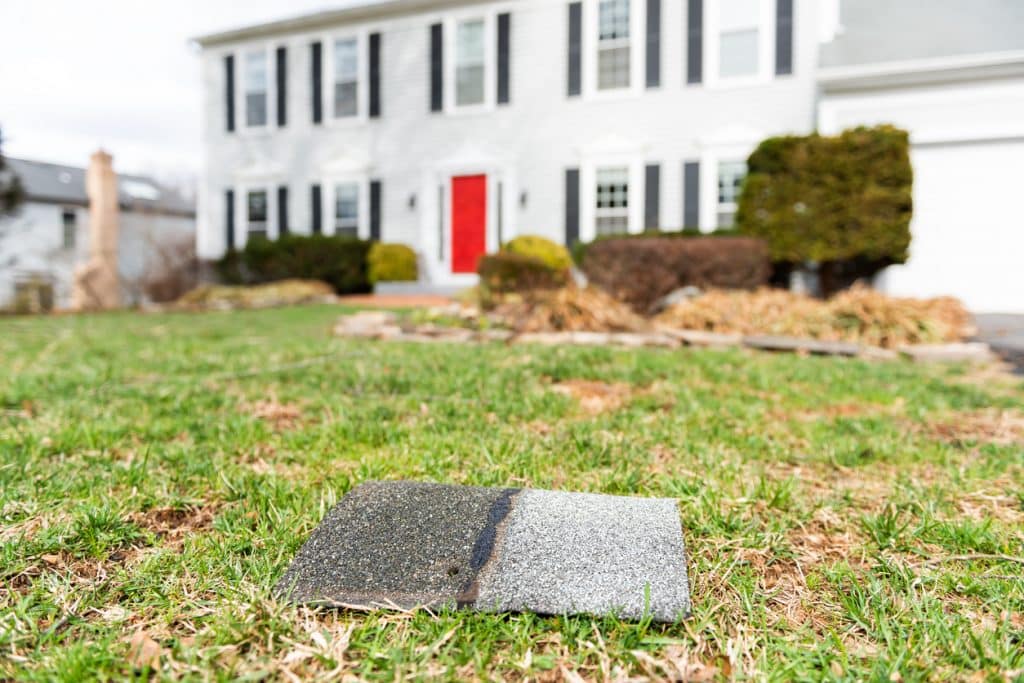Here in North Carolina, we see an average of 31 tornadoes per year. While that may be small compared to other states, high winds can still be a menace to your roof. High winds can cause shingles and tiles to blow off, opening the roof to serious problems such as leaks, rot, and even collapse.
Luckily there are several things you can do to mitigate wind damage on your roof:
Use Longer Roofing Nails
Most roofs are fastened with nails that are 1″ to 1-1/4″ long, but in areas prone to high winds, we recommend using nails 1-1/2″ to 2″ long nails for your roof. Longer roofing nails will provide a stronger hold, making it less likely for shingles and tiles to be blown off.
Install Ridge Vents
Ridge vents are a type of exhaust vent installed along the peak of your roof to help equalize the pressure on your roof, which can prevent damage from high winds. As a bonus, they’ll save you money on your HVAC bill by allowing hot air to escape from your attic, which helps keep your home cooler in the summer.
Utilize Metal Straps or “Hurricane Ties”
If you’re expecting a tornado or a high wind event, you could use temporary metal straps or “hurricane ties” to help secure your roof. They work by attaching the rafters to the top plate of your home’s exterior walls, helping to prevent your roof from being blown off in high winds.
You can often find hurricane ties at your local hardware stores. Be sure to follow the manufacturer’s instructions carefully, as improper installation could cause more harm than good.
Seal All Seams and Edges
Taking the time to ensure your roof sealant is in good shape is a good idea, but it’s especially important in high-wind areas. Make sure to caulk all of the seams and edges around your roof and any gaps around vents, chimneys, and skylights. This will help to prevent wind from getting underneath your shingles and blowing them off.
Schedule Regular Roof Inspections
In addition to the tips we’ve provided in this article, be sure to schedule regular roof inspections so that you can catch any potential problems before they cause extensive damage. If you’re uncomfortable performing work on your roof, don’t hesitate to call a professional roofing contractor.
By being proactive and taking these simple steps, you can help ensure that your home is ready to weather high-wind events.
Signature Exteriors Can Help
If you’re worried about wind damage to your roof or if you’ve experienced damage after a high-wind event, please reach out to us. We have extensive experience repairing and replacing roofs in the aftermath of severe weather. Our team is here to help, so don’t hesitate to contact Signature Exteriors today for a free consultation.

